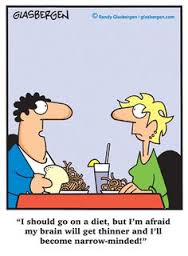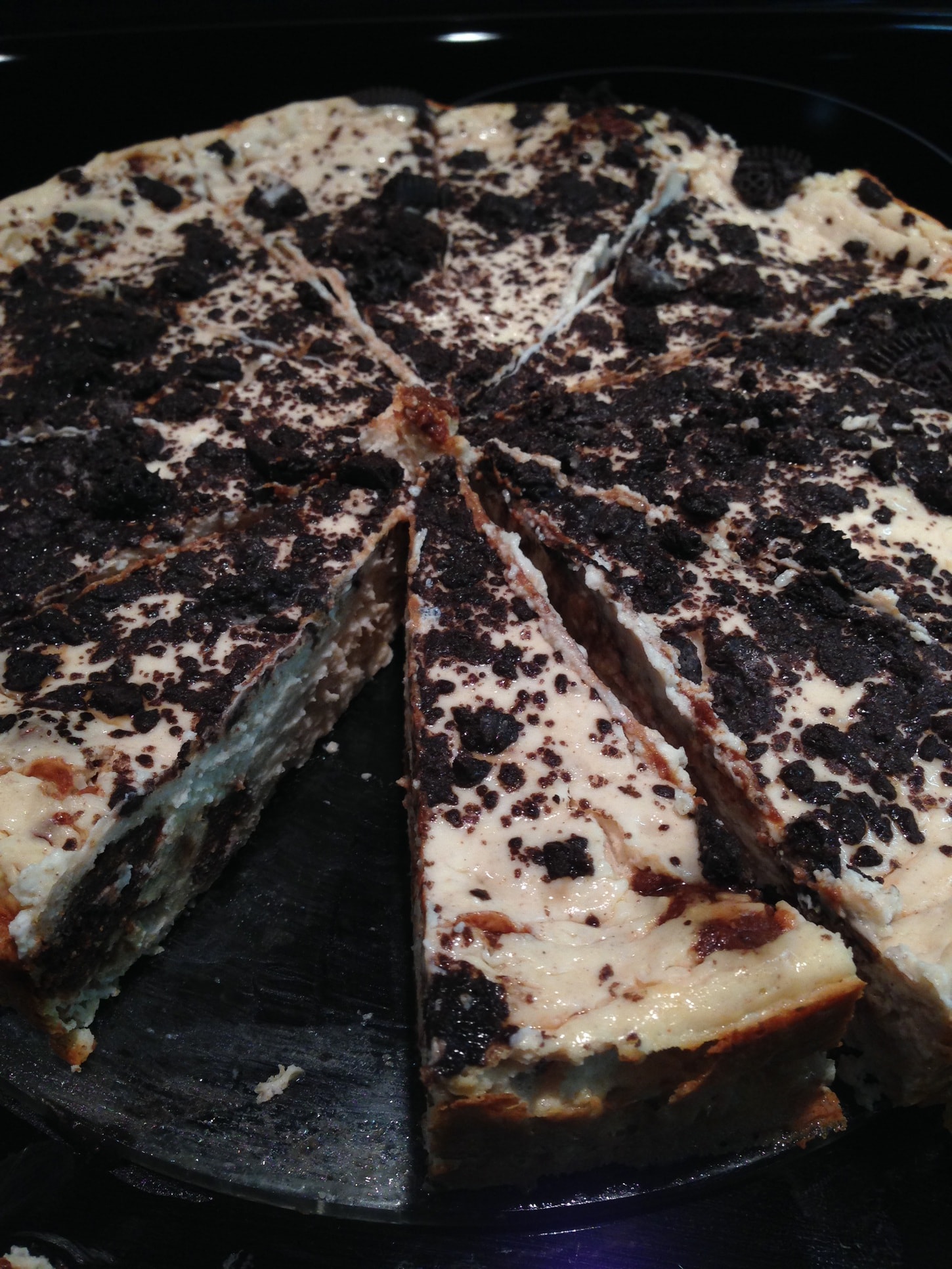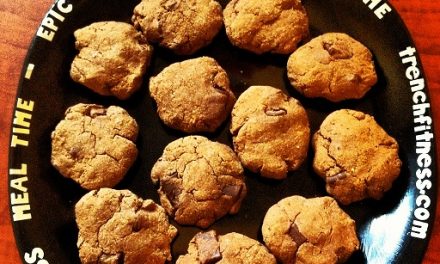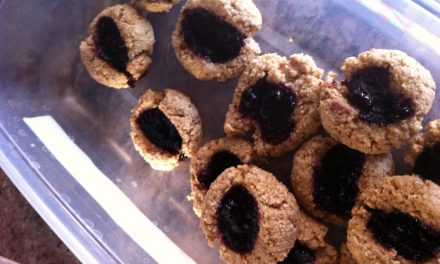You’ve probably noticed that elimination diets are all the rage these days. From single-ingredient eliminations (like gluten free / dairy free) to more restrictive elimination diets (such as Paleo, raw food and the Specific Carbohydrate Diet), there are dozens of “free-from” diets that people choose to follow for a variety of reasons.
I am not a dietician. When appropriate I always refer clients to experienced professionals. However, I frequently use elimination diets as a tool to help identify triggers of digestive distress or to manage symptoms of diseases and food intolerances. But as helpful as these diets can be in some cases – and even medically necessary, as in the case of the gluten-free diet for Celiac disease – I’ve observed a surprising counter-phenomenon in other cases: Some elimination diets can actually make people feel worse, not better.
Dietary eliminations are often based on the premise that there are ingredients or compounds in certain foods – such as lactose in dairy, gluten in wheat or fermentable fibers in beans – that are poorly tolerated digestively. In other cases, people complain that certain foods affect their energy levels adversely – often high-sugar or starchy carbohydrate foods. Removing such foods from the diet, by extension, is intended to result in an improvement in overall well-being. But when eliminating entire food groups from one’s diet, the macronutrient composition of the diet may become heavily skewed in a way that produces unintended digestive consequences. Here are a few examples I’ve seen in practice:
 Gluten-free diets and … diarrhea? We have had several clients with newly diagnosed Celiac disease come to us utterly confused. After they gave up gluten, they tell me, their stools became worse – looser and more urgent – not better, as they’d expected. In these cases, I take a thorough history of the daily diet before going gluten-free … and after. Inevitably, I learn that entrée-sized salads and piles of veggies have replaced previous staples such as sandwiches or pasta, since these foods tend to be the only gluten-free options when dining out.
Gluten-free diets and … diarrhea? We have had several clients with newly diagnosed Celiac disease come to us utterly confused. After they gave up gluten, they tell me, their stools became worse – looser and more urgent – not better, as they’d expected. In these cases, I take a thorough history of the daily diet before going gluten-free … and after. Inevitably, I learn that entrée-sized salads and piles of veggies have replaced previous staples such as sandwiches or pasta, since these foods tend to be the only gluten-free options when dining out.
And therein lies the answer: Swapping breads and cooked grains for leaves and raw veggies results in a significant uptick in the ratio of insoluble fiber to soluble fiber. As I’ve written previously, insoluble fiber is indigestible roughage that can’t hold onto water in the bowel, and therefore speeds up digestive transit. Soluble fiber, on the other hand, is like a sponge that holds water and slows down digestive transit time, enabling stool to become formed. In this case, the solution is to beef up intake of gluten-free soluble fibers, like certified gluten-free oats, chia seeds, peeled apples, sweet potato flesh or rice to counterbalance the insoluble fiber.
Low-carb diets and … constipation? I’ve seen clients on a variety of lower-carb diets complaining that their stool has taken on a “rabbit pellet” quality. Specifically, they suffer from hard bowel movements that are difficult to pass and result in a feeling of being incompletely evacuated – along with abdominal pain that results from backed up stool and trapped gas. In these folks, I tend to observe diets that are extremely high in protein and fat – both macronutrients that are almost fully absorbed in the small bowel and don’t contribute to fecal bulk in the colon.

This problem, once again, goes back to the absence of soluble fiber in the diet. Since soluble fiber contributes to fecal bulk and holds onto water, a diet that eschews soluble fiber-rich foods such as certain fruits (apples, pears); bread or cooked grains (oats, barley, rice); or root veggies (carrots, potatoes) may not contain enough of it to produce stools that are soft enough to pass comfortably and cohesive enough to pass completely. Even when intake of veggies high in the other type of fiber – like salads – is relatively frequent, it may not be enough to keep digestive function running smoothly. In fact, it’s common for people on these diets to experience a pattern of constipation for several days followed by diarrhea once the backed-up, roughage-rich stool manages to become dislodged.
Multi-food elimination diets and … bloating? More and more, I’m seeing clients come to us with a list of a dozen or more foods they avoid based on various cleansing regimens they’re trying or the results of alternative “food sensitivity testing.” They come with a common complaint: bloating. When I review their before-and-after diets, I see that the new restricted diet required abandoning many softer-textured foods that empty the stomach relatively expeditiously – foods such as yogurt, scrambled eggs and turkey sandwiches. In their place tends to be a high volume of bulky, fibrous foods – raw nuts and raw vegetables – that require a lot more time churning around in stomach acid before they’re liquid enough to pass through into the intestines for digestion. Feelings of uncomfortable bloating or fullness often result from such dietary changes, particularly among people prone to excessive stomach acidity or who suffer from gastritis or acid reflux. When this is the case, I’ve found that relaxing the unnecessary food restrictions to enable a diet of more mixed textures – with more cooked, moist and soft foods to balance out the roughage – is all it takes to remedy the bloating and re-establish diet tolerance.
The monkey husbands 14 day dairy elimination diet – Upon beginning his competition prep Neil began experiencing fairly significant digestive issues; he was constipated, smelled terrible and looked 4 months pregnant after each meal. In order to help alleviate some of this digestive distress we eliminated all dairy from his diet and narrowed his list of food choices down substantially. He ate the same foods for the 14 day period and sure enough began to feel better and smell better. After said period he added dairy back into his diet. Did he all of the sudden revert back to stinky, bloated, bunged up mode? No. The issue was not eating dairy it was the absence of adequate fiber. The allergy wasn’t Skinny Cows, Greek yogurt, protein powder, cottage cheese, cheese, etc. it was all of these foods, and not adequate fiber.
The only real benefit from the monkey husbands 14 day elimination diet was the creation of this glorious cheesecake in my effort to use up the dairy we had stockpiled in the fridge.** Full recipe below.
Final thoughts on the matter:
Many people ignore the fact that their elimination diet isn’t agreeing with them based on a belief that a “free from” diet must be inherently better than a more liberal diet. In fact, many clients of ours erroneously come to believe that their ongoing (or emerging) distress means that their restricted diet is not restricted enough – that there must be something remaining in their shrinking list of food options that is upsetting their digestive system. In other words, we ascribe symptoms to what we’re eating, rather than considering that our symptoms could result from something we’re not eating (but perhaps should be).
From a digestive health standpoint, there is a case to be made for consuming as diverse a diet as you can tolerate – one that includes both raw food and cooked; vegetables that derive from a plant’s roots as well as from its leaves or flowers; an array of fruits, nuts and seeds; cereal grains as well as legumes; and even some lean animal-derived proteins if that is consistent with your values and beliefs. (Animal protein is completely digested and absorbed in the small intestines and therefore does not contribute to intestinal gas in the colon.) When a mixed diet is consumed in reasonable balance, the properties of any one food are far less likely to be magnified in their influence on your digestive function.
Well played marketing, well played.
 Lets Use Up The Dairy Products Protein Cheesecake:
Lets Use Up The Dairy Products Protein Cheesecake:
1 1/2 cup fat free Greek yogurt
1 1/2 cup fat free cottage cheese
1 cup reduced fat cream cheese
2 eggs
1 scoop O.N cookie dough casein
1/4 whole wheat flour
1/2 cup stevia
3/4 tsp cinnamon
1 tsp butter extract
2 chocolate chunk Quest Bars
2 Oreo Cookies
1. Preheat oven to 350F. Blend the Greek yogurt, cottage cheese and cream cheese until smooth.
2. Add in the rest of the ingredients, blend again. Fold in Quest Bar chunks and pour batter into a well sprayed 8″ spring pan.
4. Top with crushed Oreos and bake for 40 min. Let cool completely. Cover and refrigerate overnight.
With love from the Trench Kitchen,
xoErika♥










